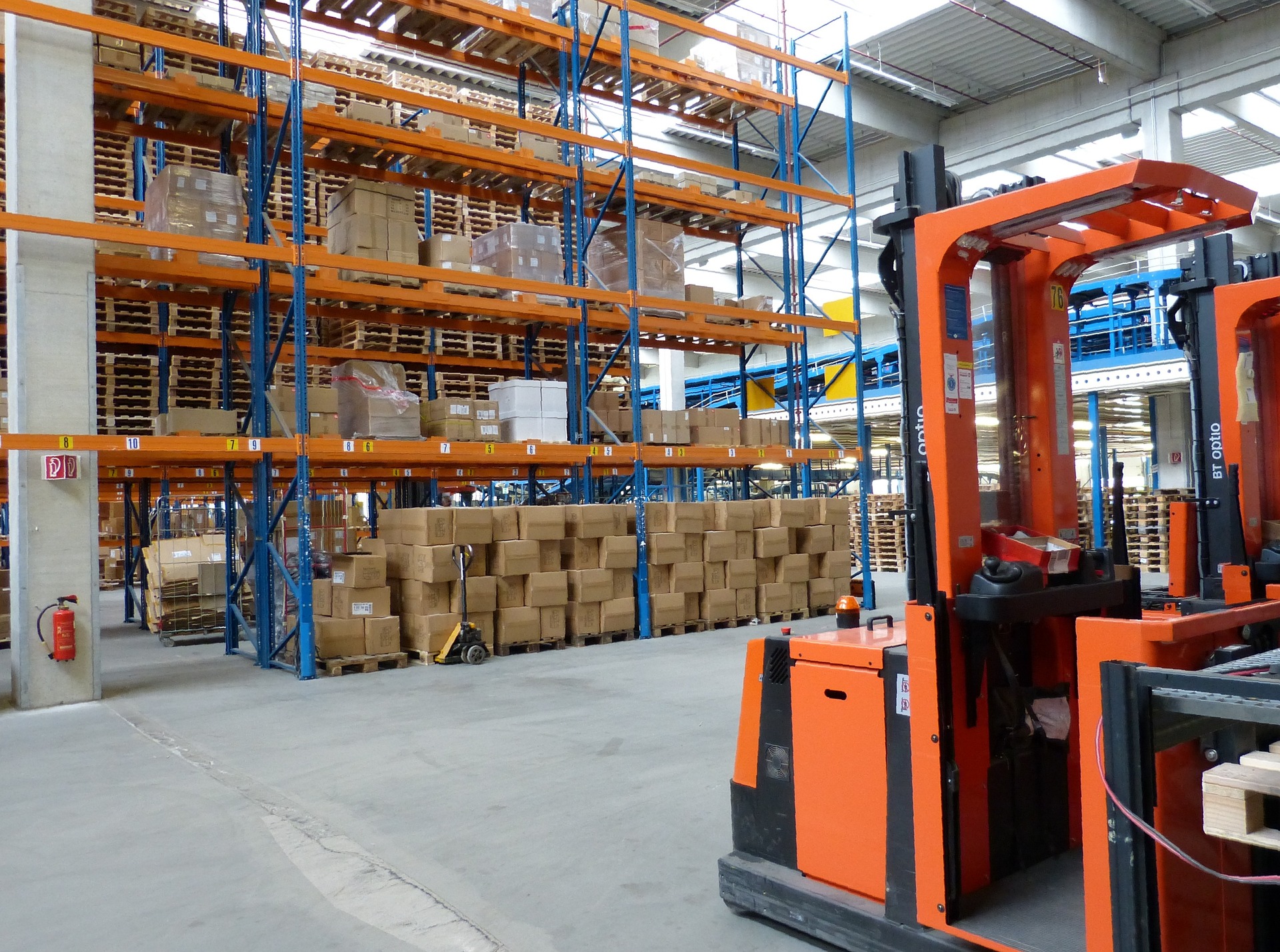Exploring Different Paths in Warehouse Packing
Warehouse packing is a crucial component of the supply chain, ensuring products are safely prepared for storage or shipment. This process involves various roles and techniques that contribute to overall warehouse efficiency. Understanding the intricacies of warehouse packing can help businesses optimize their operations and improve productivity. Let's explore the different aspects of warehouse packing and how they work together to create a seamless flow of goods.
What are the key roles in warehouse packing?
Warehouse packing involves several specialized positions, each contributing to the efficient movement of goods. Pickers are responsible for locating and retrieving items from storage areas, often using handheld devices or automated systems to ensure accuracy. Packers then carefully prepare these items for shipment, selecting appropriate packaging materials and methods based on the product’s characteristics and destination. Quality control inspectors verify that packed items meet specified standards before they are cleared for shipping. Additionally, forklift operators and material handlers play crucial roles in moving packed goods throughout the warehouse and loading them onto trucks for distribution.
How does the packing process flow in a warehouse?
The packing process in a warehouse typically follows a logical sequence designed to maximize efficiency. It begins with receiving incoming inventory and storing it in designated areas. When orders are placed, pickers retrieve the necessary items from storage locations. These items are then transferred to packing stations, where packers carefully prepare them for shipment. This may involve wrapping, boxing, or palletizing goods depending on their nature and destination. Once packed, items undergo quality checks to ensure they meet required standards. Finally, packed and verified items are moved to shipping areas, where they are sorted by destination and loaded onto appropriate vehicles for delivery.
What techniques improve efficiency in warehouse packing?
Several techniques can enhance efficiency in warehouse packing operations. Implementing a warehouse management system (WMS) can optimize inventory tracking, order processing, and resource allocation. Utilizing barcode or RFID technology streamlines item identification and reduces errors. Adopting lean principles, such as the 5S methodology (Sort, Set in order, Shine, Standardize, Sustain), can improve workspace organization and reduce waste. Ergonomic workstation design and proper training in lifting techniques can increase worker productivity while reducing the risk of injuries. Additionally, implementing pick-to-light or voice-directed picking systems can significantly speed up the order fulfillment process.
How can employees adapt to a warehouse packing environment?
Adapting to a warehouse packing environment requires a combination of physical readiness and mental agility. Employees should focus on developing their stamina and strength, as the job often involves long periods of standing and lifting. Familiarizing oneself with safety protocols and proper lifting techniques is essential to prevent injuries. Learning to use warehouse management software and handheld devices efficiently is crucial for many roles. Developing strong attention to detail and the ability to work accurately under time pressure are valuable skills in this fast-paced environment. Additionally, being open to continuous learning and improvement is important, as warehouse technologies and processes often evolve.
What are the latest trends in warehouse packing technology?
Warehouse packing technology is rapidly advancing, with several innovative solutions emerging. Automated packaging systems can significantly increase packing speed and consistency. Robotics and artificial intelligence are being integrated into warehouses to assist with tasks such as item selection and box assembly. Advanced data analytics tools help optimize inventory management and predict packing needs based on historical data and market trends. Sustainable packaging solutions, including biodegradable materials and right-sized packaging, are gaining traction as companies focus on reducing their environmental impact. Virtual and augmented reality technologies are also being explored for training purposes and to assist workers in locating and packing items more efficiently.
How do different packing roles contribute to overall warehouse efficiency?
Each role in the warehouse packing process contributes uniquely to overall efficiency. Pickers play a crucial role in maintaining accurate inventory levels and ensuring that the right items are pulled for orders. Their speed and accuracy directly impact the entire packing process. Packers are responsible for ensuring that products are properly protected and presented, which affects customer satisfaction and reduces the likelihood of returns or damages. Quality control inspectors act as the final checkpoint, preventing errors from reaching customers and maintaining the company’s reputation for reliability. Forklift operators and material handlers keep the physical flow of goods moving smoothly throughout the warehouse, preventing bottlenecks and ensuring that packed items reach their designated areas promptly.
By understanding and optimizing these different roles and processes, warehouse managers can create a more efficient and productive packing operation. This holistic approach to warehouse packing not only improves the bottom line but also enhances worker satisfaction and customer experience.





